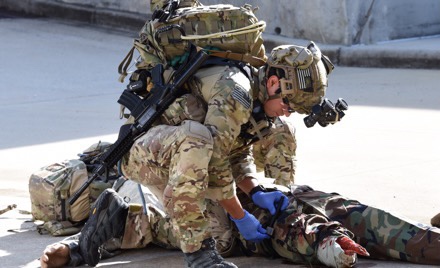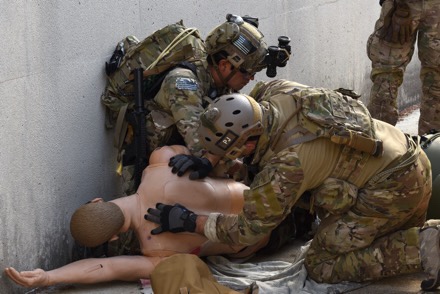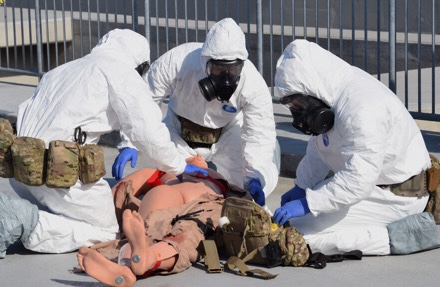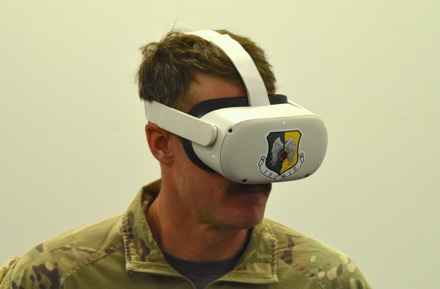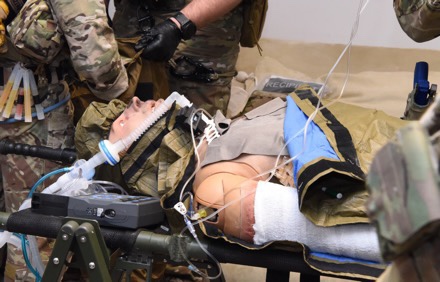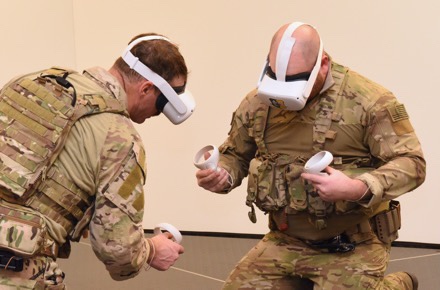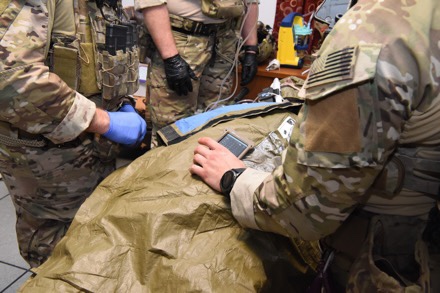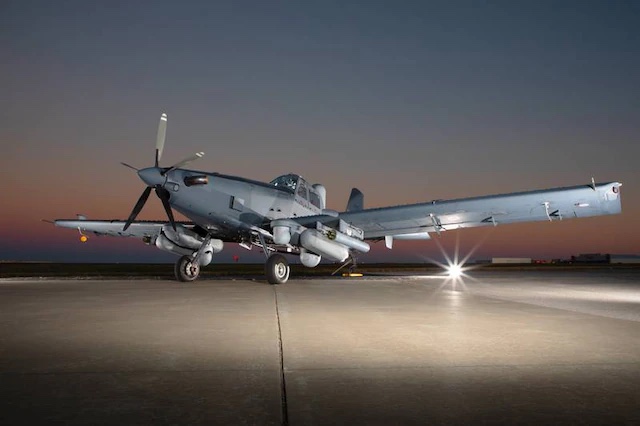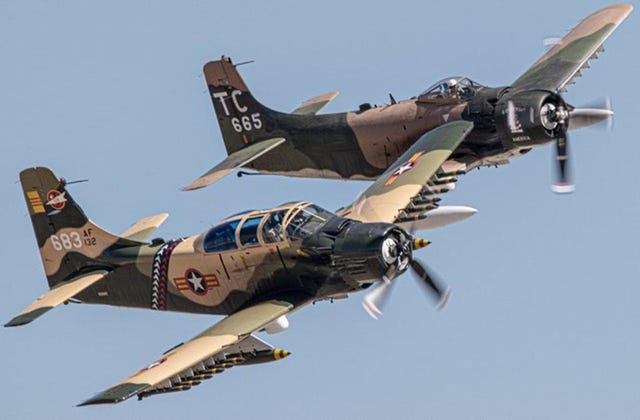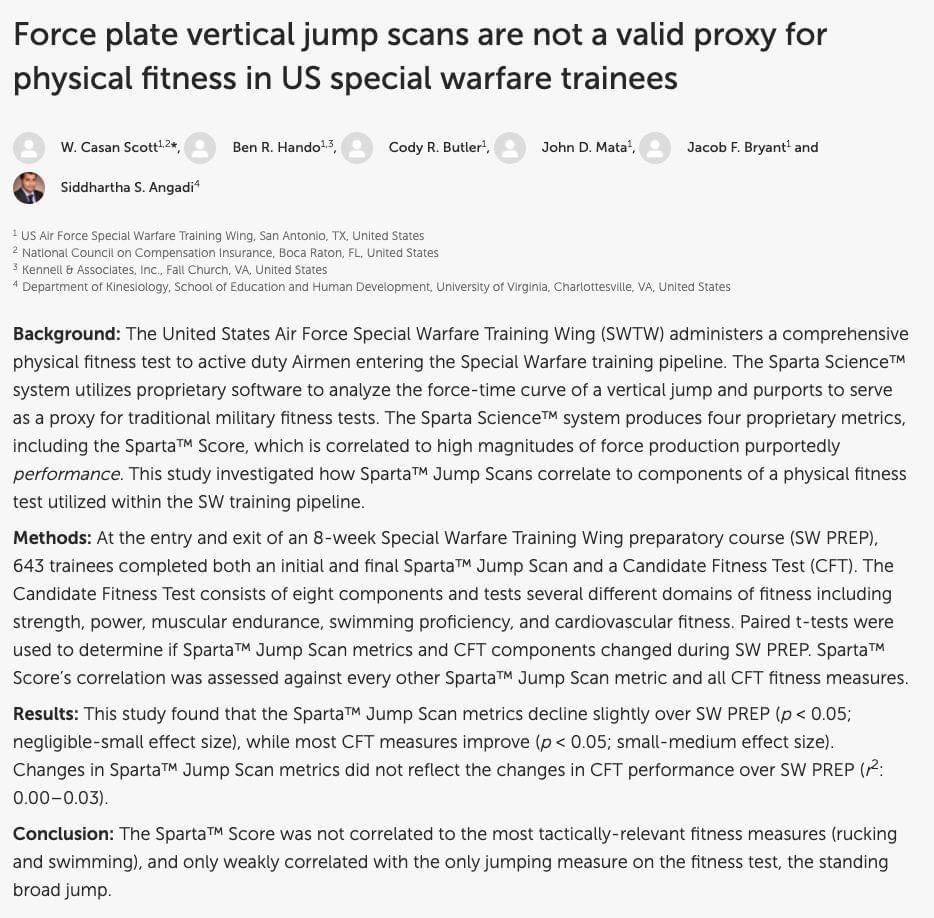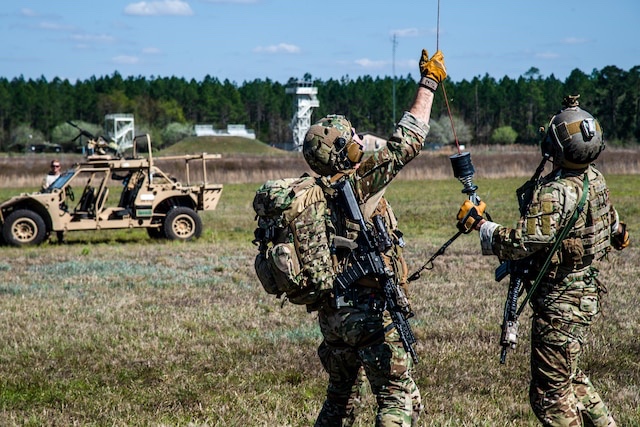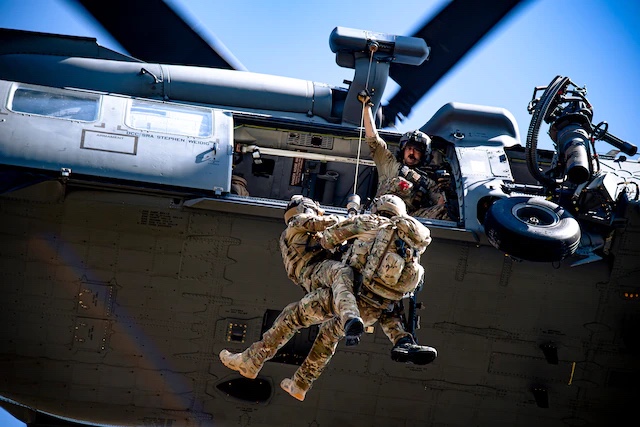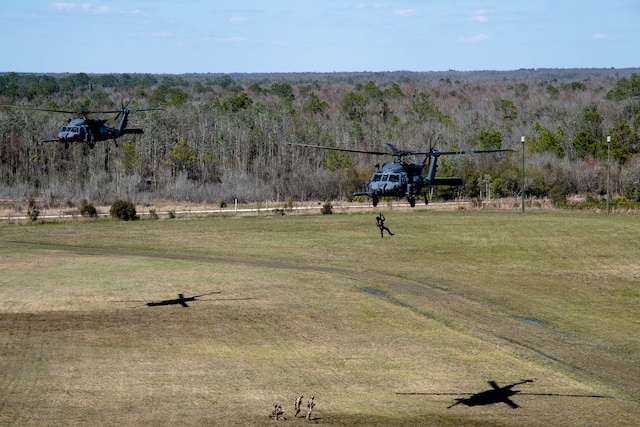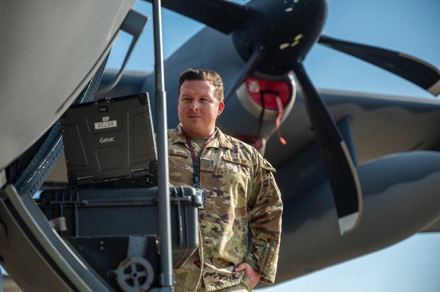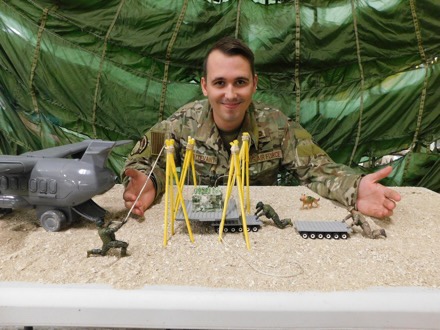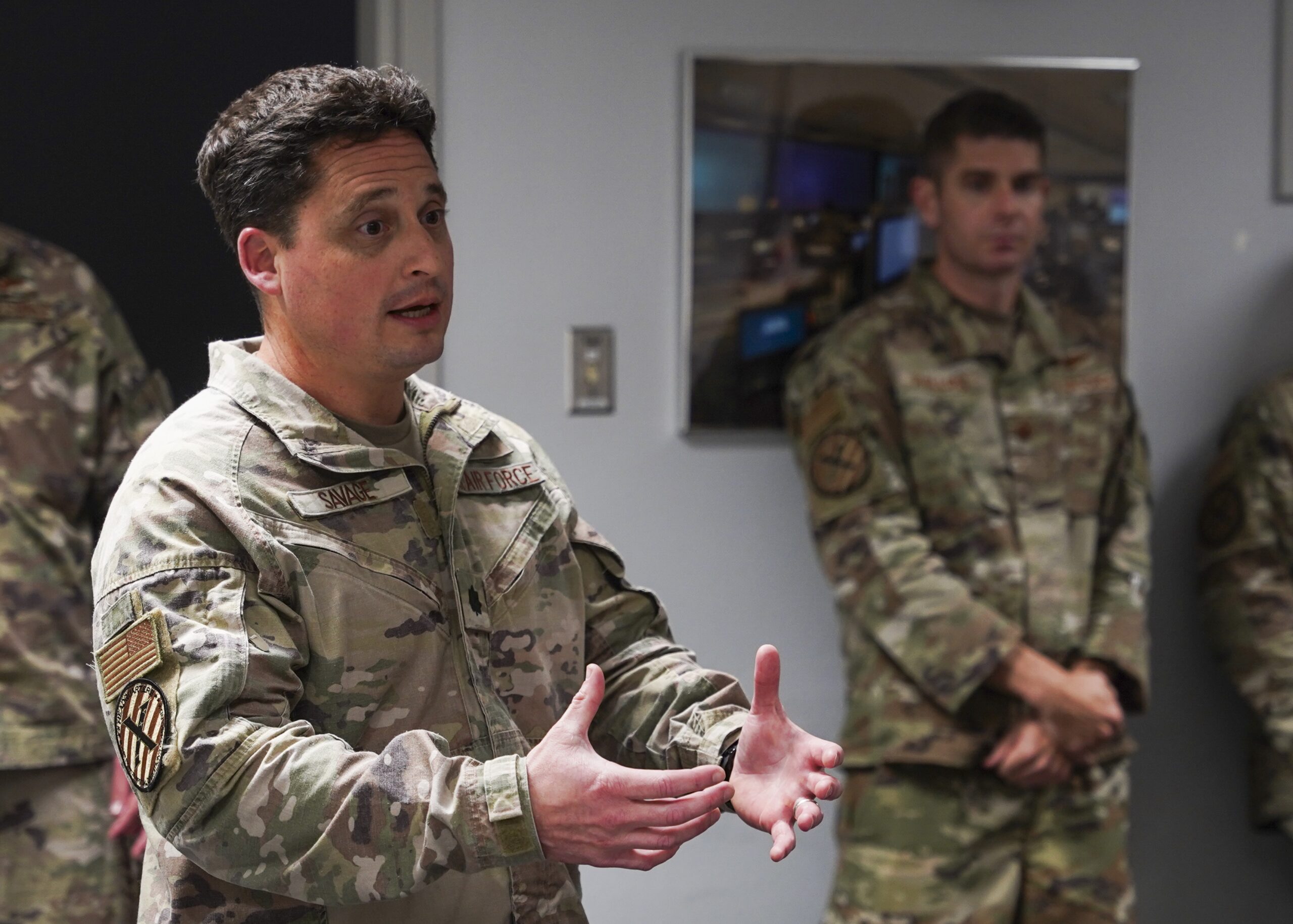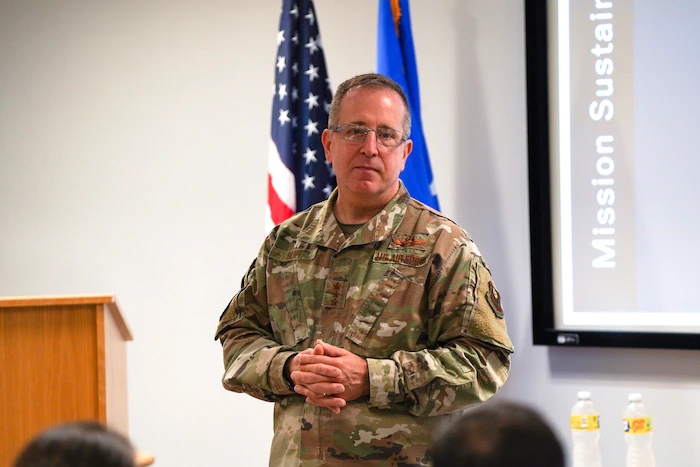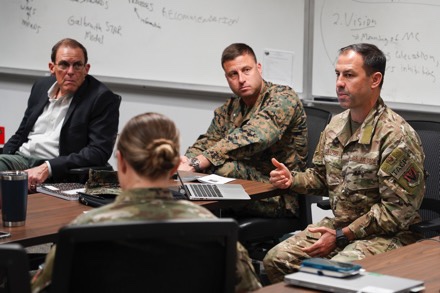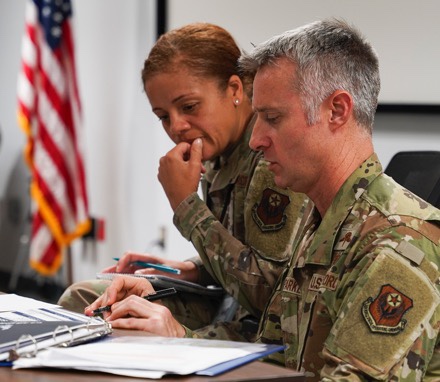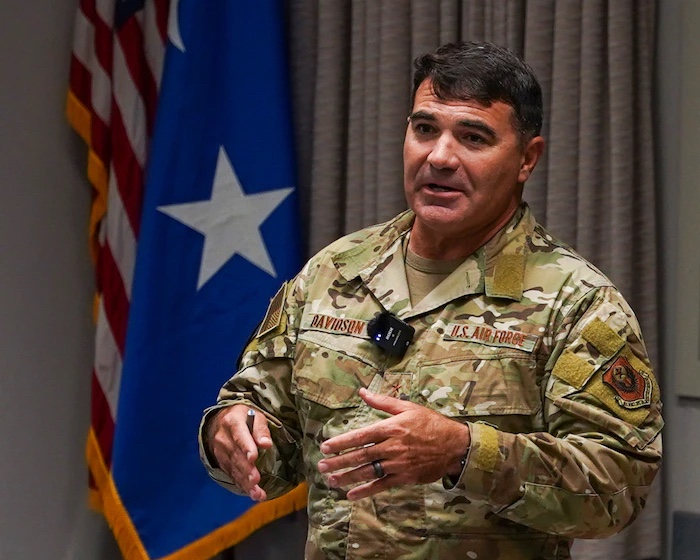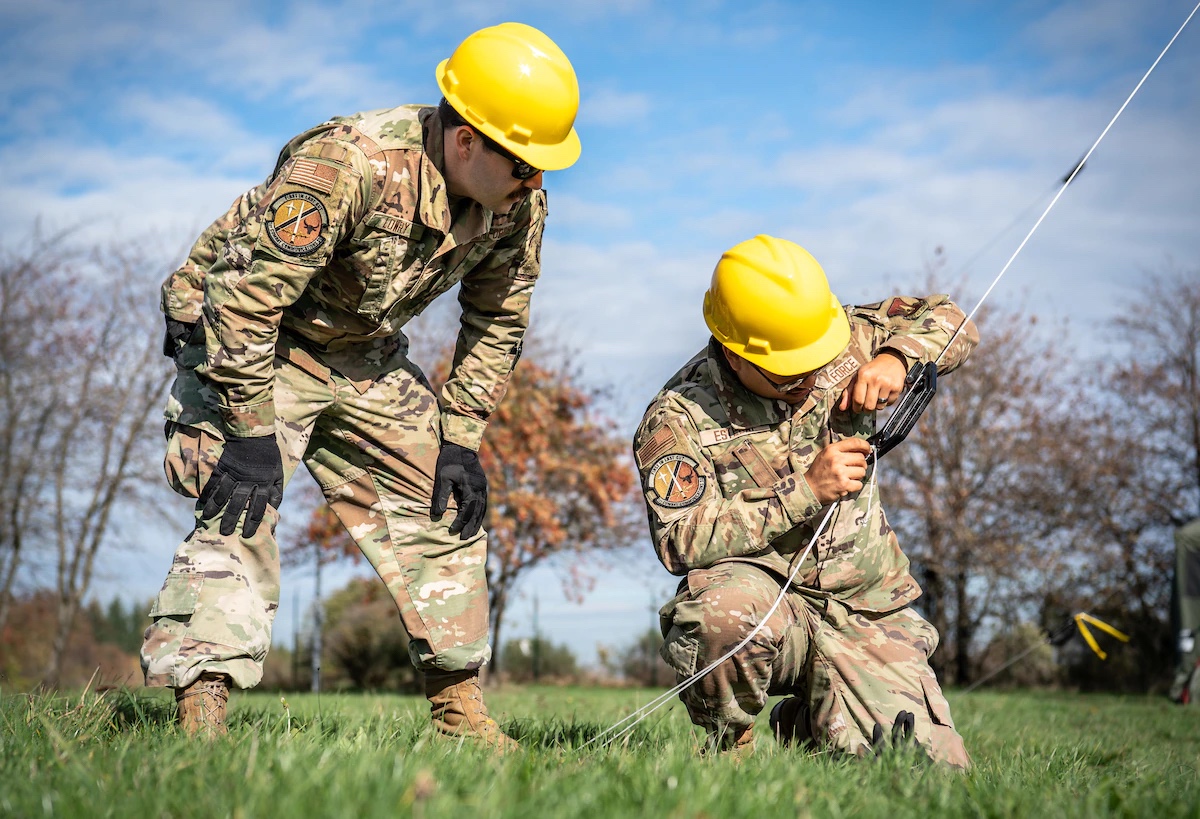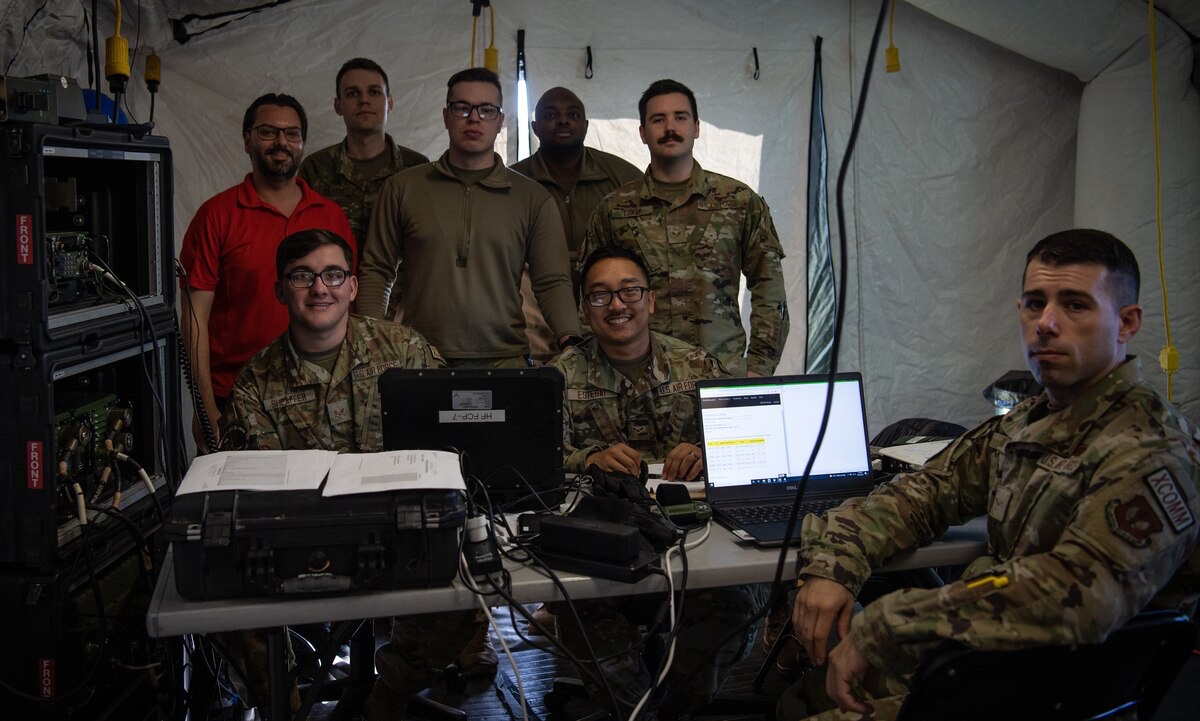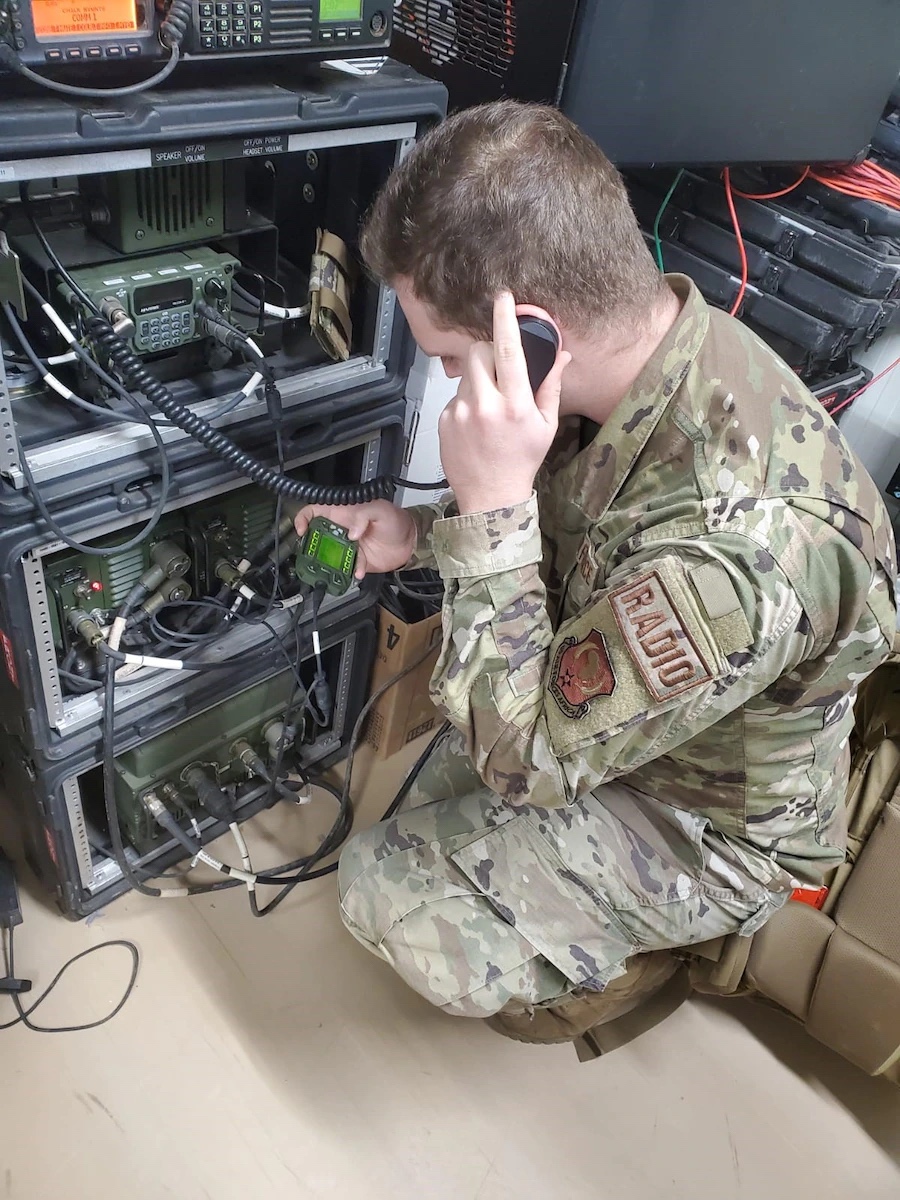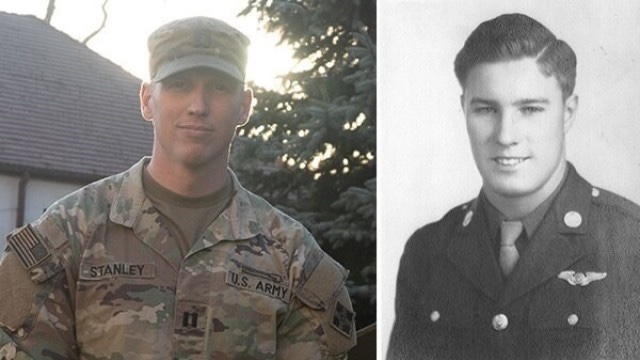
ZAGAN, Poland — Capt. Robert Stanley, the brigade assistant intelligence officer assigned to the 3rd Armored Brigade Combat Team, 4th Infantry Division always had an interest in history, and after learning of his great-uncle’s involvement in WWII, he was inspired to research it more.
“I love history, for me, all the sacrifices made by servicemembers put me in a position that I’m in,” said Capt. Stanley. “If I’m going to appreciate those things, I must investigate it.”
Capt. Stanley went on to say that this is a way to put a face to a story that he’s attached to. He encourages everyone to look into their family history because you may be impressed with what you find.
The Stanley family’s service to the United States armed forces date back as far as the Civil War. Although many people were drafted into the United States Army when the Nazis began their conquest of the world, Sgt. Everett W. Stanley continued his family’s legacy by enlisting into the U.S. Army Air Corps as a ball turret gunner with the 401st bomb group, 613th squadron.
“My great uncle volunteered after the beginning of WWII,” said Capt. Stanley.
At the beginning of WWII, there wasn’t an organic Air Force. It was part of the U.S. Army as the Air Corps, which was originally formed in 1917 during WWI. After enlisting, Sgt. Stanley was stationed at Deenethorpe Airfield in England where he flew the Boeing B-17 Flying Fortress.
While stationed at Deenethorpe Airfield, Sgt. Stanley met his crew consisting of 2nd Lt. Donald E. Butterfoss, pilot, 2nd Lt. Robert L. Westfall, co-pilot, Bernard J. Boyle, flight navigator, 2nd Lt. Robert C. Kerpen, bombardier, Sgt. Roger R. McCauley, radio operator, Sgt. Alfred J. Truskowski, engineer & top turret gunner, Sgt. William H. Lee, tail gunner, Sgt. William E. Watkins, left waist gunner and Sgt. John W. Reeves, right waist gunner. During their WWII deployment, they were known as “The Saint and Ten Sinners”.
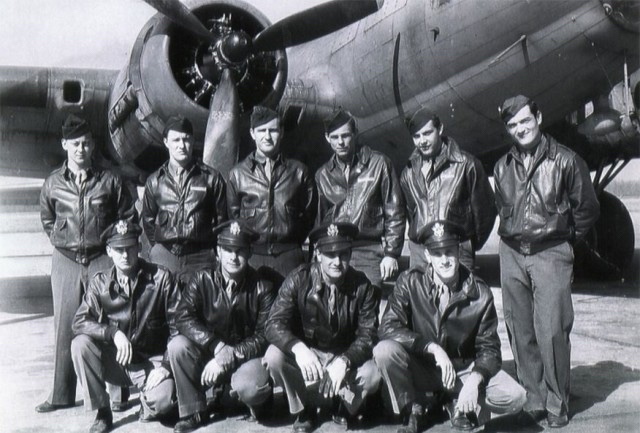
Sgt. Stanley and his crew conducted several missions out of Deenthorpe, their most significant being the largest bombing run during WWII during that specific timeframe.
“It was the largest daylight bombing mission of WWII up to that point,” said Capt. Stanley.
During their last bombing mission, Sgt. Stanley and crew were hit by Flak from a German 88mm anti-aircraft and both port engines caught fire. The crew noticed German fighters coming toward them, so they took cover in the clouds and decided to head home with the engines they had left.
As the crew flew over Arnhem, Holland, they received enemy fire which caused severe damage to the plane and the crew had no choice but to bail. After being shot down during mission, Sgt. Stanley was taken into captivity as a prisoner of war (POW) where he spent the next 11 months.
“There were thousands of POWs, that’s thousands of stories and thousands of experiences,” said Capt. Stanley.
Although Sgt. Stanley was a POW, he was allowed to send letters home to his family with the help of the American Red Cross. This made his family aware of the immense sacrifice he made for our great nation.
“If I have a rough day, I think to myself, my great uncle was a prisoner of war,” said Capt. Stanley. “If he can get through that, I can deal with whatever I have going on.”
During his time in Poland, Capt. Stanley took the opportunity to visit some of the historic sites in the area. He went to Berlin and Stalag Luft III, one of the locations it is believed his great uncle spent time as a POW.
“My great uncle served through the Korean War and Vietnam War,” said Capt. Stanley. “After retiring, he stayed with the Air Force as a Department of Defense civilian.”
Sgt. Stanley received a POW medal, European campaign medal and a WWII service medal among others before retiring after more than 20 years of faithful service to the nation.
“To understand Veterans’ Day, you have to know that those aren’t just names on a board, it’s an entire life that has been lived up to this point,” said Capt. Stanley.
As Capt. Stanley begins to transition from active duty service to National Guard, thinking back on his family’s sacrifice much like his ancestors before him, he looks to the future. Sitting on a ranch remembering those that came before him and starting a new tradition for the Stanley clan.
Capt. Stanley stated that all vets, even those who haven’t seen combat, have made great sacrifices. There’s a lot more to military service than just combat.
“My call to serve has been a part of what members of my family have done,” said Capt. Stanley. “Many people before me have died for something worth fighting for.”
As you go about your day conducting normal business during Veteran’s Day, take a moment to remember why we as Americans are provided with the freedoms we enjoy every day. Remember those that came before you and their sacrifices; remember “A Saint and Ten Sinners.”
By SGT Timothy Brokhoff and SFC Theresa Gualdarama
